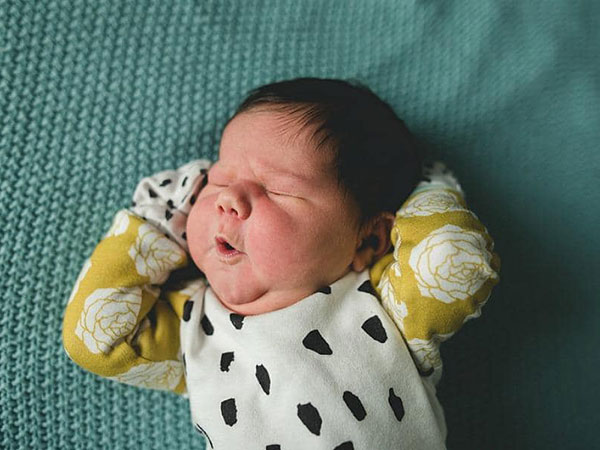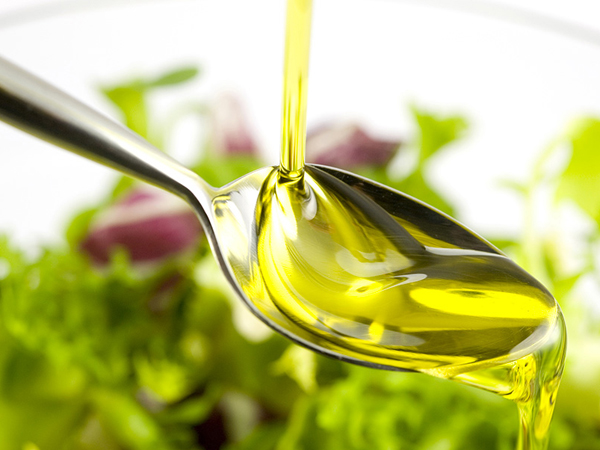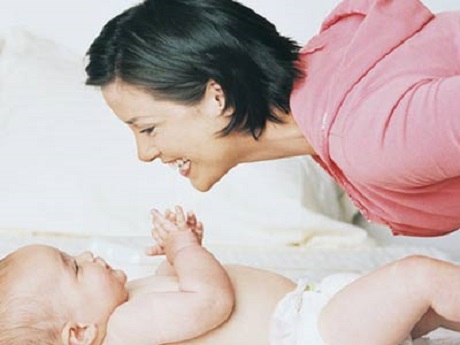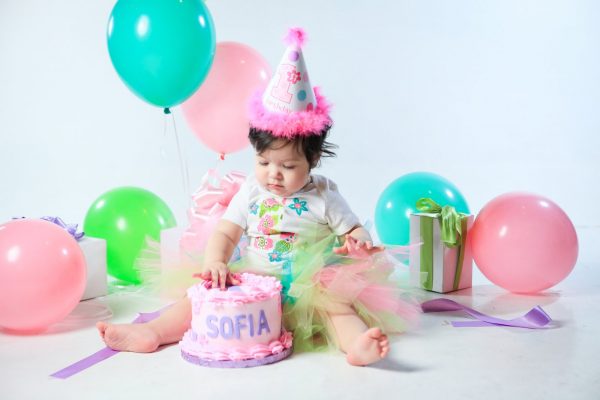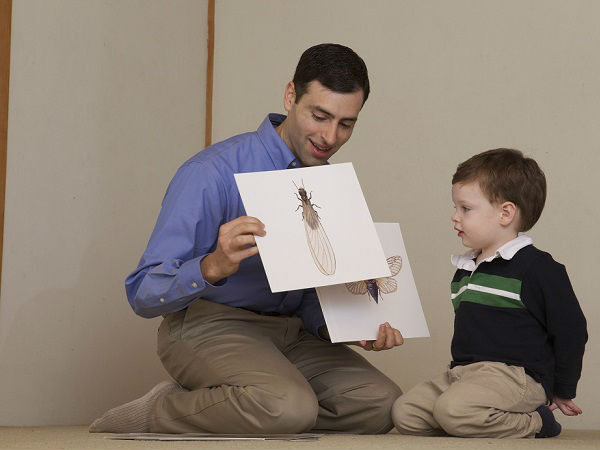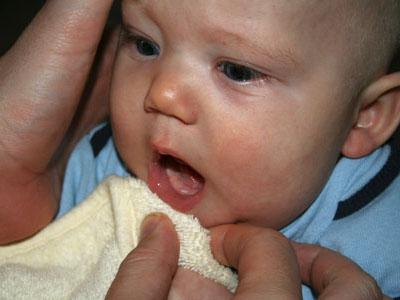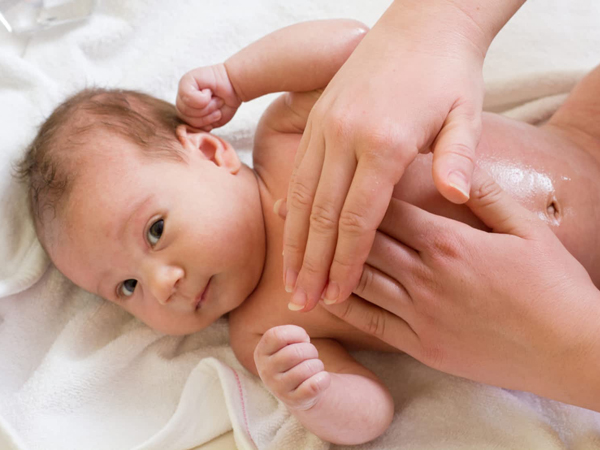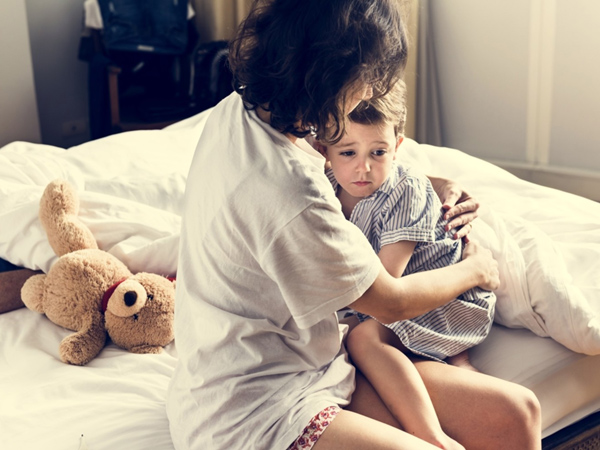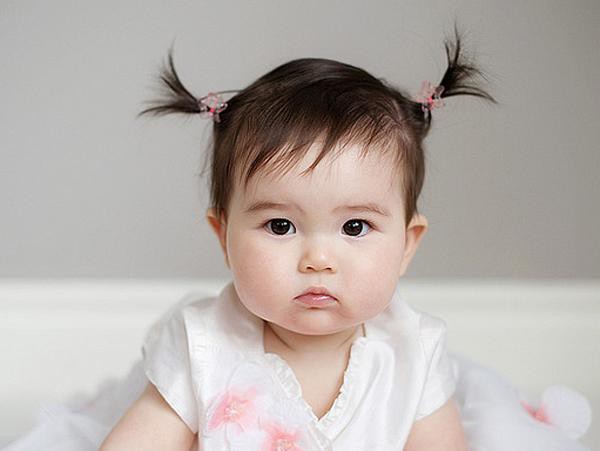The umbilical cord of a newborn baby still needs careful and careful care, because the wound has not yet healed, so it is easy to get inflammation and infection of the umbilical cord. In order to ensure the safety of the baby, mothers need to know how to care for the umbilical cord after falling in a scientific and correct way
content
How to take care of the umbilical cord after falling
Umbilical care: When to worry?
A newborn umbilical cord is protruding after falling out
The umbilical cord is formed from the 7th week of pregnancy and it has a very important role for the development of the fetus , is seen as a bridge between mother and baby. After birth, the umbilical cord will no longer be needed because the baby will be able to breathe, feed on its own, and clean the bowels and bladder by itself.
Immediately after birth, the umbilical cord will be cut close to the abdomen, the remaining base is about 2-3 cm long. When it is 7-21 days old, the base of the umbilical cord will fall spontaneously, but the umbilical cord is a very sensitive and vulnerable place, leading to many serious consequences. Therefore, taking care of the umbilical cord after falling out is a very important job, mothers cannot ignore it.
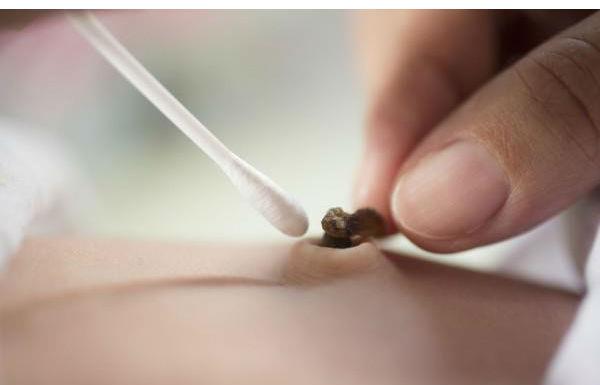
It is very important to take care of your belly button after falling out
How to take care of the umbilical cord after falling
Just like the period without umbilical cord loss, the process of taking care of the umbilical cord after its loss needs to be very careful and scientific. Accordingly, the mother should follow the following process:
1. Keep the base of the belly button clean
At least once a day, you need to clean your umbilical base thoroughly using a clean cloth or medical cotton swab wet with clean water. Gently wipe the base of the navel to remove any dirt. Note, do not use any other soap or rubbing alcohol because it can irritate the baby's skin.
2. Keep the base of the umbilical cord dry
You should remember that the baby 's navel needs to "breathe" after falling out, because the air will help keep the navel dry. Many mothers are too worried about their navel being rubbed, so they often use a bandage, this is completely not true mom!
3. Bathe the baby
After your navel falls off you can comfortably bathe your baby, this means you don't need to be afraid of water entering the navel. This will help to clean the umbilical cord more effectively. But pay attention not to expose the umbilical cord for too long with water, after bathing, it is necessary to thoroughly dry the baby's navel.

Bathing for babies: When to limit For those who are first-time mothers, bathing babies is always a first time experience confusing mothers. Overcoming the bath properly and properly, the mother also has to equip more information on absolute cases of not bathing the baby. Refer to the following 6 cases of taboo!
4. Be careful when changing diapers
Most diapers, from sticky diapers to pants diapers, after wearing, pull to the baby's waist. Therefore, you need to fold the front of the diaper low or loosen the waist to avoid the diaper rubbing or the urine that could wet the navel.
5. Choose the right outfit
When the navel has not healed completely, the mother should choose for the baby loose, cool clothes. Avoid tight, tight clothing, especially the body suit, because they will make the baby uncomfortable, directly affecting the navel.
6. Allow the base to fall naturally
The base of the umbilical cord will fall out after it dries, so it is not advisable to remove the base of the navel for any reason. Doing this unintentionally causes damage to the belly button such as bleeding and increases the risk of infection.
Umbilical care: When to worry?
In the process of caring for the umbilical cord after falling out, you should pay attention to unusual signs that the baby's umbilical cord may be in danger.
The navel smells bad, draining pus : If you notice that your baby's navel smells bad and has yellow pus coming out, then you need to be wary. This is the most obvious manifestation when the umbilical cord is infected so it is necessary to bring the baby to the hospital early.
Redness: Redness in the belly button and around the navel can be normal when the skin is dry. However, if the redness persists and continues to spread, something is wrong with your belly button.
Bleeding: After falling, the umbilical cord may bleed slightly and will go away, but if the bleeding is heavy, it is difficult to stop the bleeding, the mother needs to take the baby to see the doctor as soon as possible.

14 outdated conceptions in newborn care Babies need proper care for their babies to be healthy and develop normally like other babies
A newborn umbilical cord is protruding after falling out
In some cases, when the umbilical cord begins to heal and heal, at the spot where the navel emerges a round mass outside the abdominal wall, this is called an umbilical hernia. When an infant cries, coughing, or squeezing, this bulge will swell. Mother should not be too worried when encountering this condition because after the baby is 1 year older the abdominal wall will get stronger and close the hole in the abdominal wall, the bulge will disappear. But sometimes it also lasts up to 4 or 5 years and you can ask your doctor to help push the bulge in.
Most cases of the belly button usually do not affect the health of the baby. However, if a piece of the bowel gets caught in this protruding umbilical mass, it is very dangerous. Less blood flow to the intestine is trapped when it is not pushed back into the abdomen, causing pain in the umbilical region and damage to intestinal tissue.
More severe will cause necrosis and infection spread throughout the abdomen, so mothers should pay attention when seeing signs such as: Abdominal enlargement, abnormally swollen; Red swollen skin around the umbilical cord; The baby has a fever , fussiness, difficulty or unable to go outside.
Taking care of the umbilical cord after falling out is not too complicated, just follow the steps above. At the same time, regularly observing to detect possible abnormalities to promptly handle them.
